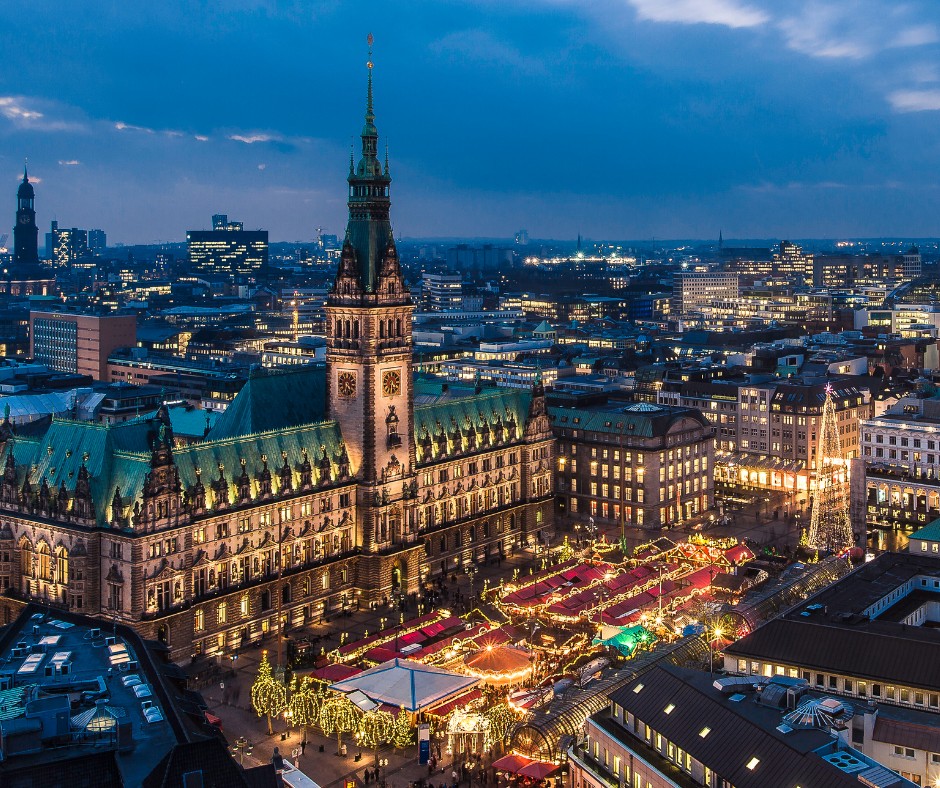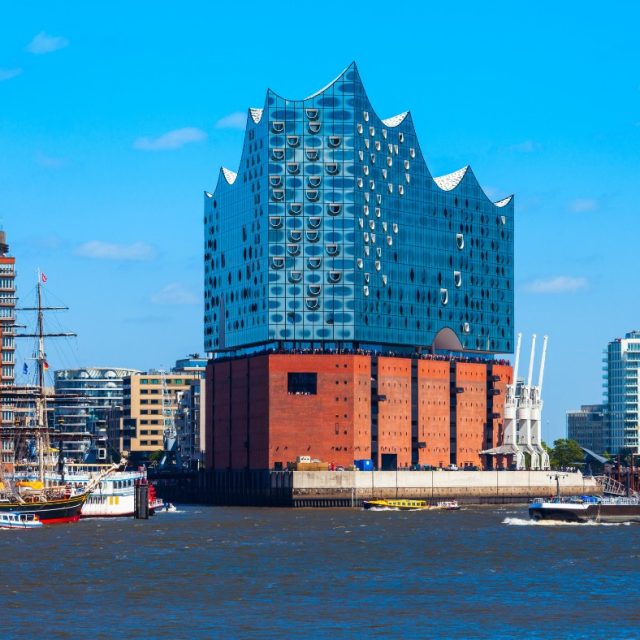Media Metropolis: Hamburg’s Creative Industries Shine
The second-largest city in Germany boasting a population of over 1.8 million, it ranks among the most prosperous regions in Europe

Cultural Heritage
The Hamburg metropolitan region, home to 5 million inhabitants, ranks among the most prosperous and affluent regions in Europe. With a history as a port and trading centre spanning centuries, Hamburg maintains global relationships. Alongside its thriving trade and logistics industry, Hamburg holds the title of Germany’s media capital. The city is renowned as the greenest metropolis in Europe, with one-fifth of its surface area consisting of water, shaped by the Elbe and the smaller Alster rivers, forming a lake in the city centre. Hamburg’s charm extends from the leafy borough of Blankenese to vibrant, hip urban districts. As the largest port in the country, it has served as a thriving global trading hub for centuries. In addition to its historic trade and logistics sector, Hamburg holds the distinction of being Germany’s media and music capital.
Hamburg boasts a rich musical heritage, rooted in a centuries-old tradition of classical music. The Oper am Gänsemarkt, opened in 1678, stands as Germany’s first civic theatre. The city’s ‘Composers’ Quarter,’ inaugurated in 2015 near the famous St. Michael’s Church, serves as a tribute to composers born or associated with Hamburg, including C. P. E. Bach, Johannes Brahms, Gustav Mahler, and the baroque composer Georg Philipp Telemann.
Hamburg is not limited to classical music; it also holds a significant place in the history of popular music. The Beatles, for instance, launched their career in the city, performing in various clubs around the Reeperbahn from August 1960 until December 1962, thereby establishing Hamburg’s legendary live music scene. To this day, emerging bands from around the world perform in these same clubs, especially during the annual Reeperbahn Festival, Europe’s largest club festival, which offers stages for international artists at over 90 venues.
Embracing Change
Hamburg boasts an impressive array of cultural institutions, with over 300 in total. Among them, the renowned Elbphilharmonie Hamburg stands out. Opened in 2017, this concert hall is perched on the banks of the River Elbe, at the tip of the HafenCity district, in close proximity to the UNESCO World Heritage site ‘Speicherstadt with Kontorhaus district and Chilehaus.’ Since its inception, it has swiftly risen to become one of the world’s foremost concert venues. The Elbphilharmonie’s distinctive design, featuring a wave-like glass façade crafted by Swiss architects Herzog & de Meuron, seemingly hovers above the historic red-brick base known as the Kaispeicher. Within its walls, the Elbphilharmonie houses three concert halls that host exceptional performances spanning various musical genres. In addition to the performance spaces, the Elbphilharmonie offers a comprehensive music education area, a variety of bistros and cafés, a hotel, and the Plaza—a public viewing platform affording breathtaking panoramic vistas of the city and the port.
Hamburg’s vibrant theatrical scene comprises 45 theatres, including the Mehr Theatre, which, since December 2021, has been the exclusive venue for a German-language production of ‘Harry Potter and the Enchanted Child.’ The Deutsches Schauspielhaus, Germany’s largest spoken-word theatre, and the Thalia Theatre, frequently ranked among Germany’s premier German-language theatres, are prominent among them. Beyond theatres, Hamburg claims the title of the number one German-speaking hub for musicals and ranks as the world’s third-largest musical hub in terms of visitor numbers, trailing only New York and London. Adding to its cultural tapestry, the Hamburg Ballett, under the direction of US-born choreographer John Neumeier, ranks among the globe’s preeminent ballet companies.

The Role of the Policymaker
Hamburg boasts approximately 60 museums, exhibition venues, and numerous galleries. Among its cultural treasures is the Kunstmeile Hamburg—a consortium of five distinguished exhibition houses and art museums located in the city center, all accessible with a single ticket known as the “Kunstmeilenpass.” This ensemble includes the Bucerius Kunst Forum, which moved to new premises in 2019, the Deichtorhallen, the Hamburger Kunsthalle, the Kunstverein, and the Museum for Arts and Crafts Hamburg (MK&G).
The Future
Despite suffering significant damage during World War II, Hamburg’s resilient spirit shines through in its historic building complexes. The ‘Speicherstadt and Kontorhaus District with Chilehaus,’ designated as a UNESCO World Heritage site since 2015, stands as a testament to the city’s distinctive architectural and trading heritage.
Prominent urban development initiatives, such as HafenCity Hamburg, a wide range of cultural events, and the excellent quality of life along the waterfront, have attracted an increasing number of tourists to this northern German city. Consequently, Hamburg has solidified its position as one of the top ten city destinations in Europe, a status it diligently strives to maintain.
Images copyright © Getty Images / Canva


